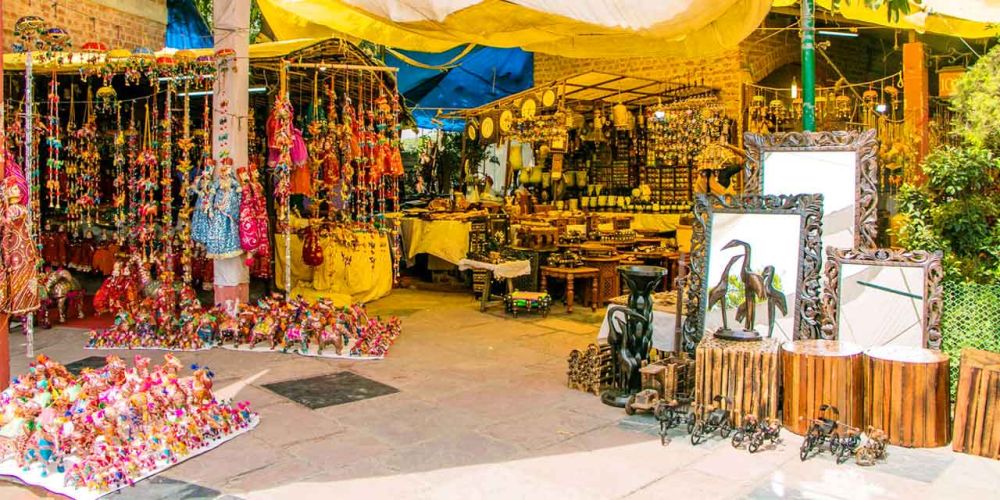

Located in the heart of India's capital, Delhi Haat at the INA Market is a vibrant melting pot of Indian culture, handicrafts, and cuisine. Its inception was a strategic move to promote the rich heritage of India to locals and tourists alike. Over the years, Delhi Haat has become a focal point for artisans and performers from across the country to display and sell their crafts.
The concept of Delhi Haat was envisioned to recreate the ambiance of a traditional village market, but with the convenience of a permanent setup. Its history dates back to 1994 when it was established by Delhi Tourism (Government of Delhi), in association with the central government, New Delhi Municipal Council (NDMC), and Delhi Development Authority (DDA). The idea was to provide a platform for artisans to come together and showcase their art without middlemen, fostering direct interaction between the creators and the consumers.
The success of Delhi Haat has been monumental in influencing the tourism trend in Delhi. It emerged as a unique destination where tourists could experience the diversity of Indian crafts and culinary delights all at one place. It has since been a template for similar setups in different parts of the country, aiming to boost local crafts and tourism.
Delhi Haat's charm lies in its ever-changing panorama of culture, with stalls rotating every 15 days, providing visitors with an array of handloom and handicrafts from different states. Moreover, the food stalls offer indigenous flavors from various parts of India, turning it into a foodie's paradise.
In recent years, sustainability and eco-tourism have taken a front seat within the tourism sector globally, and Delhi Haat has adapted to these changes. Efforts to reduce environmental impact through waste management and promotion of eco-friendly products are evident. Additionally, the popularity of experiential tourism has seen a rise in the number of tourists visiting Delhi Haat, as it provides an immersive experience into the Indian way of life.
Delhi Haat, INA, is strategically located and well connected by the Delhi Metro, making it easily accessible to both local and international tourists. Its digital presence with online platforms and social media has enhanced its visibility, making it easier for tourists to plan their visit.
Future Prospects
Looking ahead, the goal is to further integrate Delhi Haat with the global tourism market, devising newer ways to attract tourists and support the livelihoods of India's artisans. With the continued interest in authentic cultural experiences, Delhi Haat is poised to remain a flagship destination for cultural tourism in Delhi.